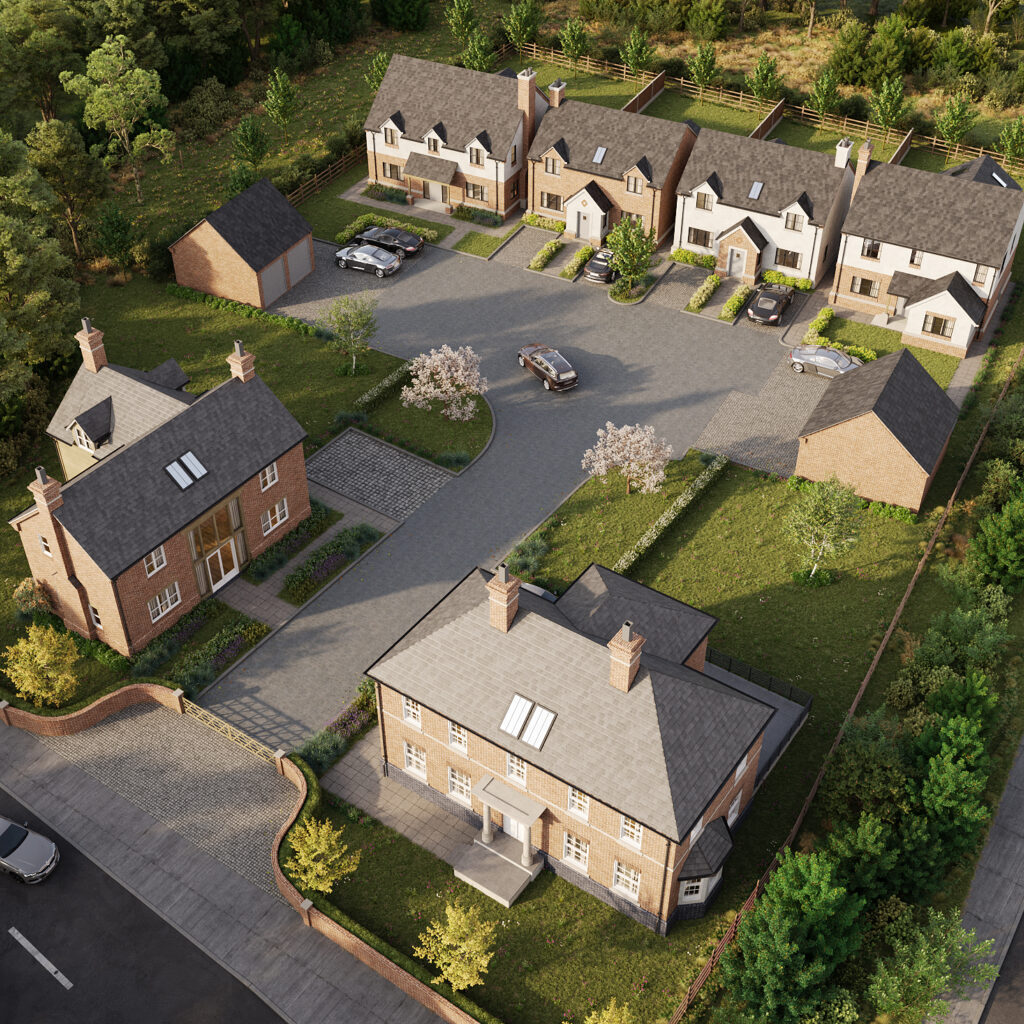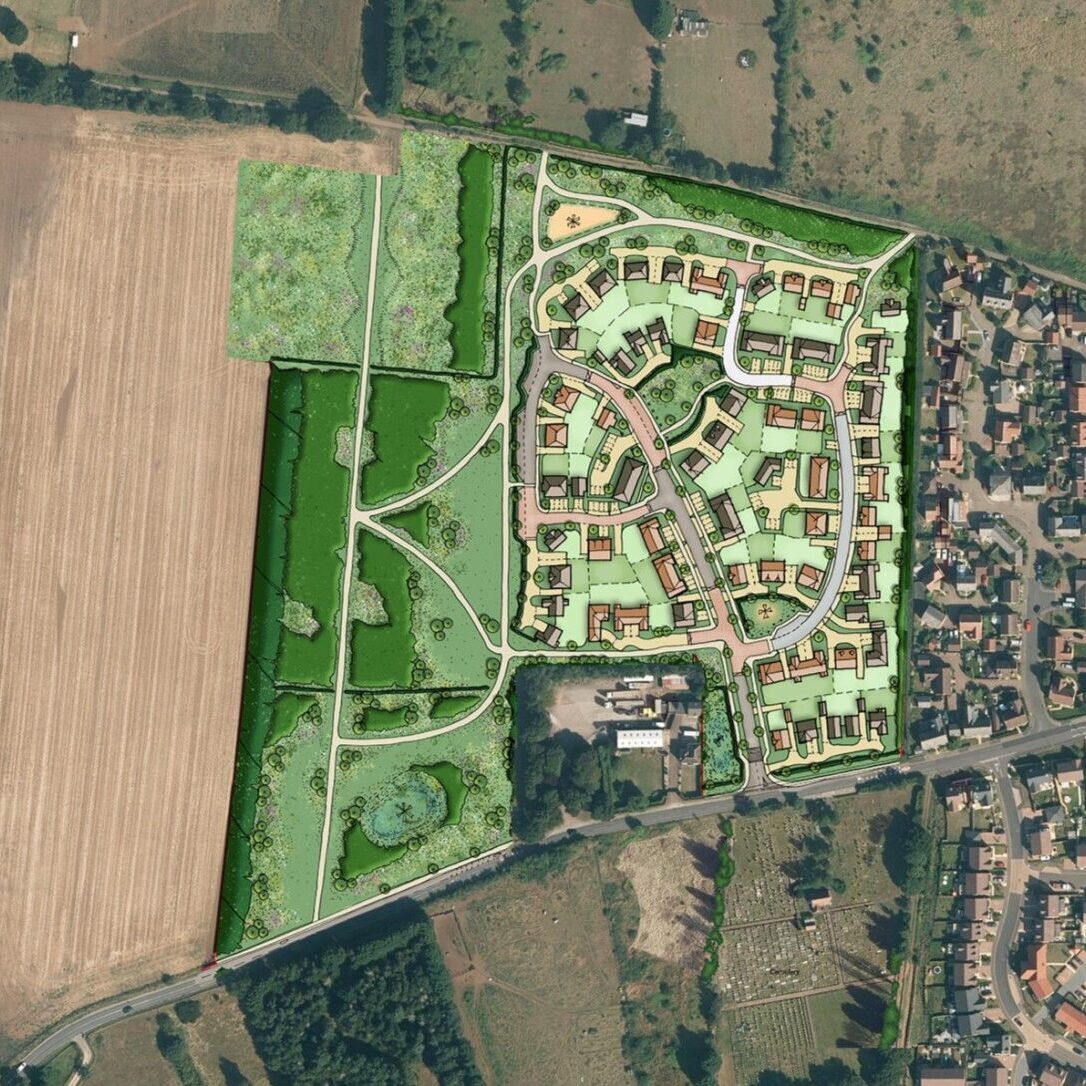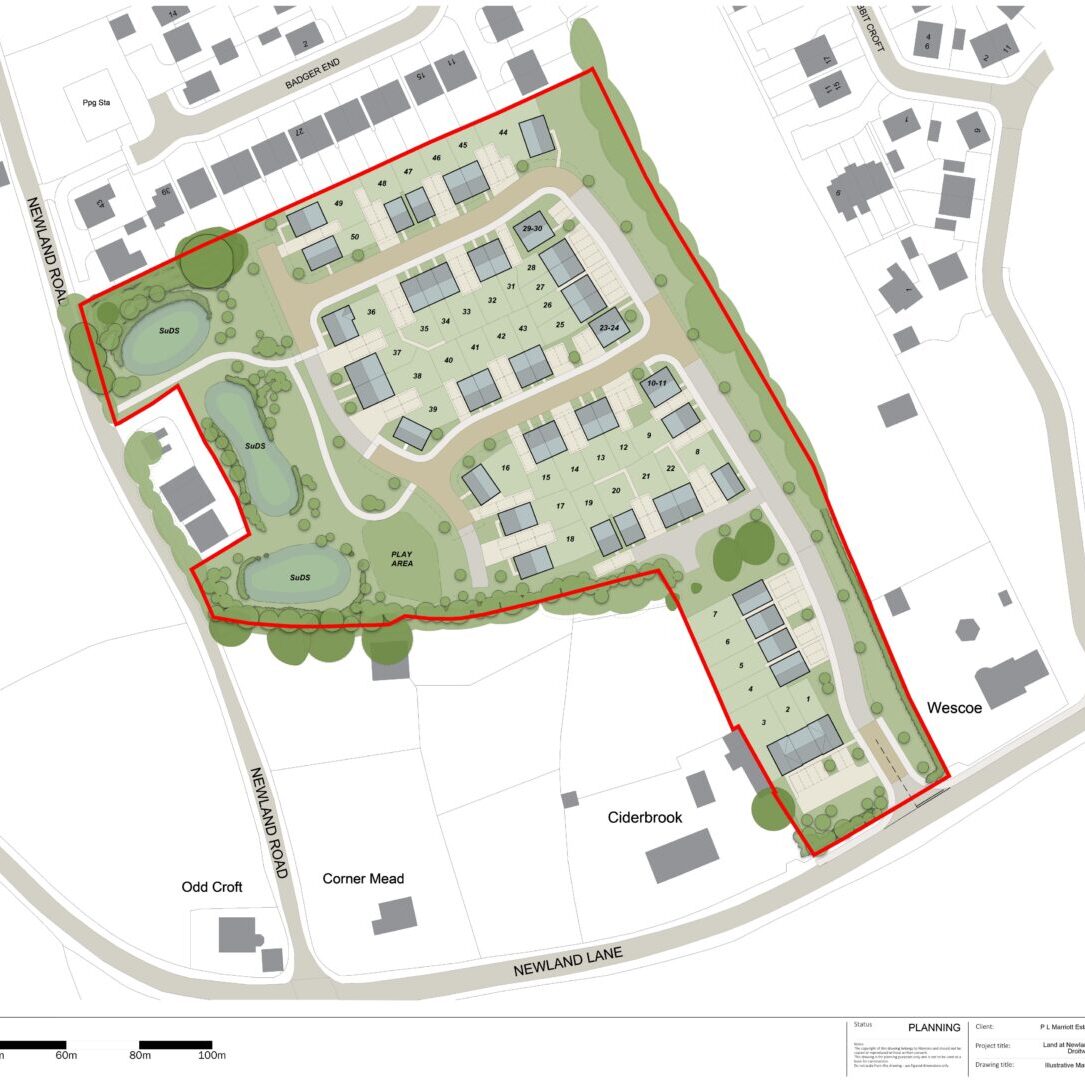Grey Belt Planning Hub: News, Guidance & Evolving Policy
Understanding the Rise of Grey Belt Land in Planning Decisions
As planning policy continues to evolve in response to housing need and land use pressures, a clear understanding of both Green Belt and emerging grey belt land classifications is essential. We provide an overview of key concepts, including the definition and potential of grey belt land, its relationship to the Green Belt, and the planning considerations that apply. It is intended to assist landowners, developers, and stakeholders in understanding the complexities of national and local planning frameworks, particularly in the context of ongoing policy reform and local plan updates.
What is Grey Belt?
The term "grey belt" emerged in the revised National Planning Policy Framework (NPPF), published on 12 December 2024, as part of the Government’s strategy to deliver 1.5 million new homes during this parliamentary term. Additional clarification was issued on 27 February through updates to the National Planning Policy Guidance (NPPG), outlining how grey belt land should be identified and assessed.
According to Annex 2 of the NPPF, grey belt refers to land within the Green Belt or previously developed sites that make only a limited contribution to three key planning purposes: restricting urban sprawl, preventing the merging of towns, and preserving the setting of historic places. The definition of previously developed land has also been broadened to include areas of hardstanding, not just permanent structures.
Talk to Roland
Roland is a Planning Director leading mainly residential-led projects across outer London and the wider South East, on behalf of housebuilders, promoters, developers, public institutions, Councils and private landowners to add value to land.
With over 15 years’ experience, he specialises in Green Belt sites and is currently working on various grey belt opportunities.
Grey Belt Sites on the Rise: Key Data from Recent Appeals
Our latest analysis reveals a significant increase in the number of planning appeals identifying grey belt land as acceptable for development — with a threefold rise in just 12 months. This mini report highlights the trends, locations and policy drivers behind the shift, offering valuable insight for developers, planners and land promoters navigating the evolving planning landscape.
Explore Grey Belt Planning Decisions Across England
Our interactive maps visualise key planning appeal decisions involving grey belt land across England. By seeing where and how grey belt sites are being approved or rejected, you can gain clearer insights into evolving policy interpretations and regional patterns, helping inform strategic land decisions and future planning approaches.
Allowed
Dismissed
Common Questions on Grey Belt Policy and Practice
What are grey belt areas?
Grey belt is land that i) does not strongly contribute to purposes and ii) has no constraints on it. For grey belt to be developed, it needs to pass the four appropriate development tests:
- Development does not undermine fundamental purpose of remaining Green Belt.
- There is demonstrable need for the development.
- The Site is in a sustainable location.
- Proposals meet golden rules requirements regarding provision of affordable housing, infrastructure and accessible open space.
Where is green belt located?
Green Belt sites are typically located on the edges of settlements. Due to the way policy and guidance are framed, many of these sites adjoin existing villages. The scale of development can vary significantly, from minor applications for a single dwelling to strategic sites accommodating 1,000 to 10,000 homes.
Lorem ipsum dolor sit amet, consectetur adipiscing elit
Lorem ipsum dolor sit amet, consectetur adipiscing elit. Integer eu tellus tincidunt, tempor lorem non, molestie sem. Aenean mi lorem, mattis in urna ac, pretium malesuada sapien. Sed vehicula ipsum ligula, nec blandit ex ultricies vel. Duis quis risus eu erat mollis aliquam non aliquet eros. Nulla facilisi. Mauris venenatis lacus id ultrices commodo. Nam efficitur nibh pretium augue commodo blandit. Integer sed eros cursus, semper ex vel, hendrerit nisl. Quisque ac risus vitae elit aliquet fermentum. Pellentesque sed enim finibus, tempus diam ut, blandit ante.
Lorem ipsum dolor sit amet, consectetur adipiscing elit
Lorem ipsum dolor sit amet, consectetur adipiscing elit. Integer eu tellus tincidunt, tempor lorem non, molestie sem. Aenean mi lorem, mattis in urna ac, pretium malesuada sapien. Sed vehicula ipsum ligula, nec blandit ex ultricies vel. Duis quis risus eu erat mollis aliquam non aliquet eros. Nulla facilisi. Mauris venenatis lacus id ultrices commodo. Nam efficitur nibh pretium augue commodo blandit. Integer sed eros cursus, semper ex vel, hendrerit nisl. Quisque ac risus vitae elit aliquet fermentum. Pellentesque sed enim finibus, tempus diam ut, blandit ante.





